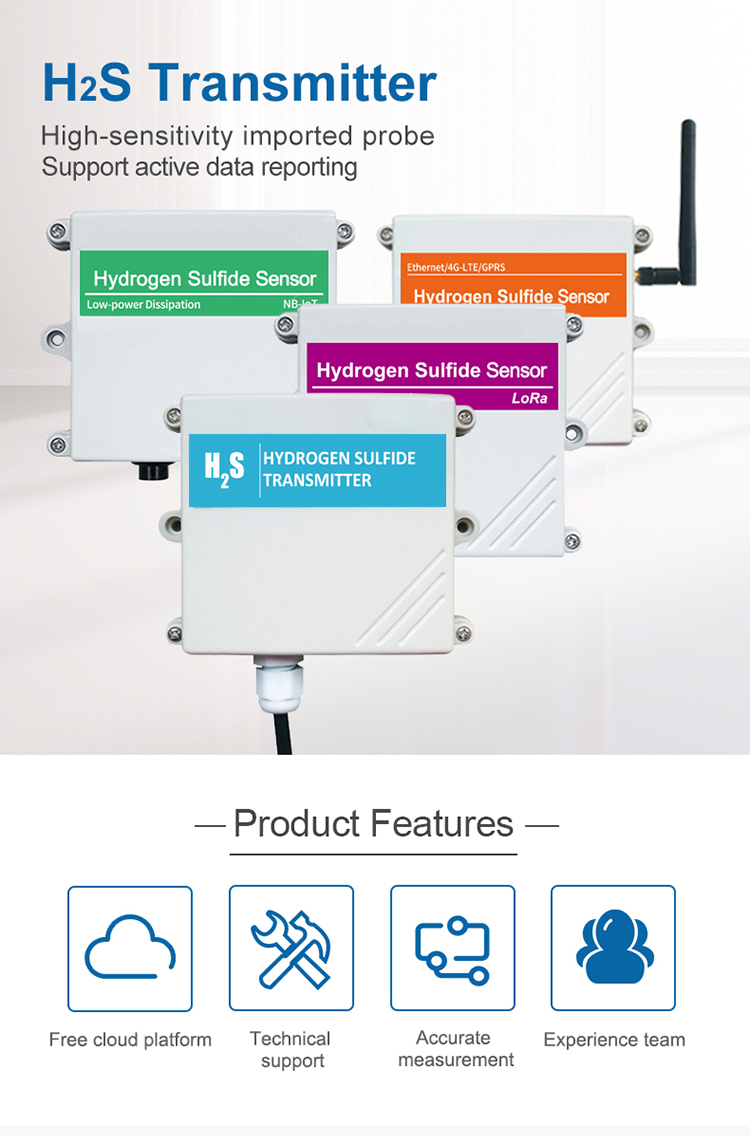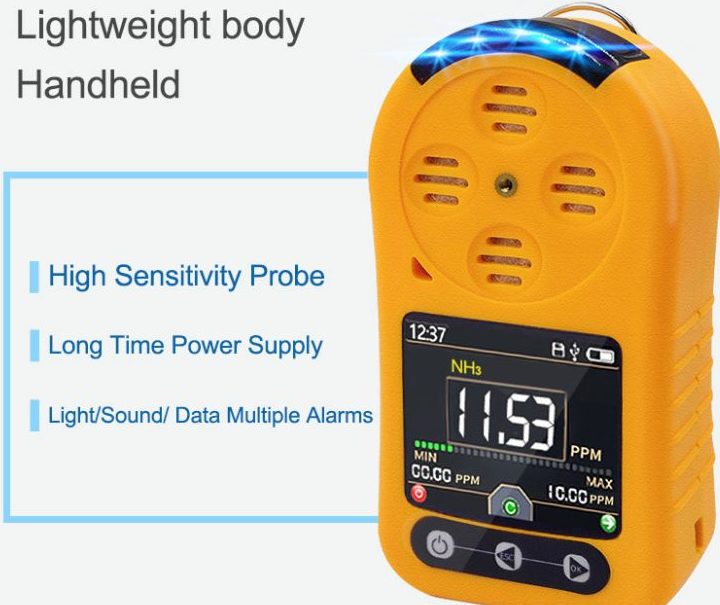H2S monitor have emerged as essential devices for detecting and monitoring H2S levels, ensuring the safety and well-being of workers.
Hydrogen sulfide (H2S) is a highly toxic gas that can be present in various industrial environments, including oil and gas facilities, wastewater treatment plants, and chemical manufacturing sites. The risks associated with H2S exposure make it crucial to implement safety measures to protect workers. This article explores the significance of H2S monitors, their functionality, and their role in safeguarding workers from H2S hazards.
The Importance of H2S Monitors:

H2S monitor play a crucial role in identifying and monitoring H2S gas levels in occupational settings where workers may be exposed to this hazardous gas. They provide early detection capabilities, allowing for timely actions to prevent exposure and minimize health risks.
Functionality of H2S Monitors:
a) Gas Sensing Technology:
H2S monitors utilize advanced gas sensing technologies such as electrochemical sensors or semiconductor sensors. These sensors detect the presence of H2S by measuring changes in electrical conductivity or chemical reactions when exposed to the gas.
b) Real-time Monitoring:
H2S monitors continuously measure and display H2S concentrations in real time. They are equipped with digital displays, audible alarms, and visual indicators to alert workers when H2S levels exceed predetermined thresholds.
c) Data Logging and Reporting:
Many H2S monitors feature data logging capabilities, allowing for the recording and analysis of H2S concentration levels over time. This data can be used for compliance reporting, incident investigation, and preventive maintenance purposes.
Benefits of H2S Monitors:
a) Worker Safety:
H2S monitors serve as an early warning system, alerting workers to the presence of H2S before it reaches hazardous levels. This enables individuals to take immediate protective measures, such as wearing appropriate personal protective equipment (PPE) or evacuating the area if necessary.
b) Compliance with Safety Regulations:
H2S monitors are often required by safety regulations to protect workers in environments where H2S is present. Complying with these regulations ensures the health and safety of workers and helps organizations avoid legal liabilities and reputational damage.
c) Preventive Maintenance:
H2S monitors can be integrated into preventive maintenance programs, ensuring their proper functioning and accuracy. Regular calibration and maintenance of these devices contribute to reliable H2S measurements and reliable worker protection.
Applications of H2S Monitors:
a) Oil and Gas Industry:
H2S is a common byproduct in oil and gas operations, posing significant risks to workers involved in exploration, drilling, refining, and transportation. H2S monitors are integral to worker safety in these industries, facilitating timely actions to minimize exposure.
b) Wastewater Treatment Plants:
H2S is produced during the decomposition of organic matter in sewage and wastewater treatment facilities. H2S monitors play a crucial role in protecting workers in these environments, allowing them to take precautionary measures during maintenance or emergencies.
c) Chemical Manufacturing:
H2S can be present during chemical reactions and handling of certain substances in manufacturing plants. H2S monitors help protect workers from accidental releases or leaks, ensuring their safety in these potentially hazardous environments.
Conclusion:
H2S monitor are essential devices for safeguarding worker health and safety in industries where exposure to hydrogen sulfide is a concern. By providing real-time monitoring, early detection, and compliance with safety regulations, these monitors enable workers to take prompt action and mitigate the risks associated with H2S. Incorporating H2S monitors into workplace safety protocols demonstrates a commitment to protecting workers and promoting a safe working environment. With the use of H2S monitors, workers can carry out their tasks with enhanced confidence and security, knowing that their well-being is prioritized.
